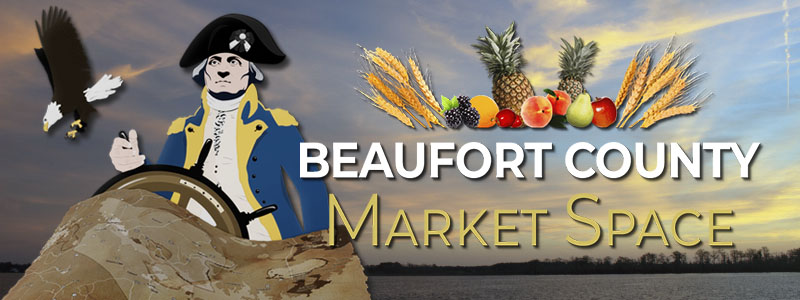Publisher's note: We believe the subject of history makes people (i.e., American people) smarter, so in our quest to educate others, we will provide excerpts from the North Carolina History Project, an online publication of the John Locke Foundation. This twelth installment, by Adrienne Dunn, is provided courtesy of the North Carolina History Project.
Named in honor of Nathaniel Macon, a U.S. congressman and senator and a leading early-republic statesman from North Carolina, Fort Macon was built after the War of 1812 to defend America and North Carolina from foreign invasion. During the Civil War, Union Major General Ambrose E. Burnside planned to seize the fort and bring it under federal control.
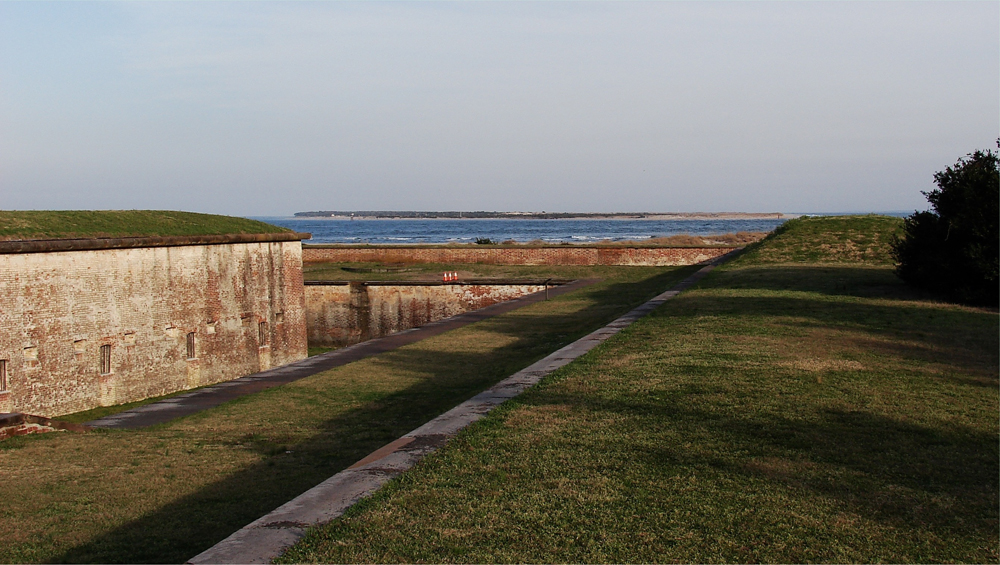 Fort Macon standing watch over the Beaufort Inlet and the Atlantic Ocean: Above. As one can tell from these images, Fort Macon is basically a fort of combined earth and masonary construction: Below. photos by Stan Deatherage Click the picture to expand to as much as 1000 pixels wide within most expanded images, and then push the arrows embedded in the center edge of the play-box to access the gallery, and slide new images into viewing within the center of the screen.
Fort Macon standing watch over the Beaufort Inlet and the Atlantic Ocean: Above. As one can tell from these images, Fort Macon is basically a fort of combined earth and masonary construction: Below. photos by Stan Deatherage Click the picture to expand to as much as 1000 pixels wide within most expanded images, and then push the arrows embedded in the center edge of the play-box to access the gallery, and slide new images into viewing within the center of the screen.
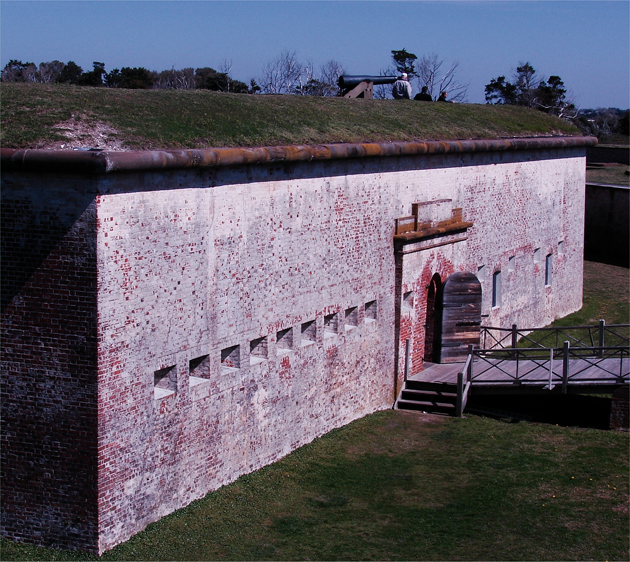
Under the direction of General Burnside, Brigadier General John Parke was ordered as to occupy Morehead City and Beaufort. African American fishermen played a vital role in assisting the Union's surprise attack; they guided General Parke and his army across the unfamiliar water during the night. After Beaufort was captured, the Union Navy blockaded the harbor.
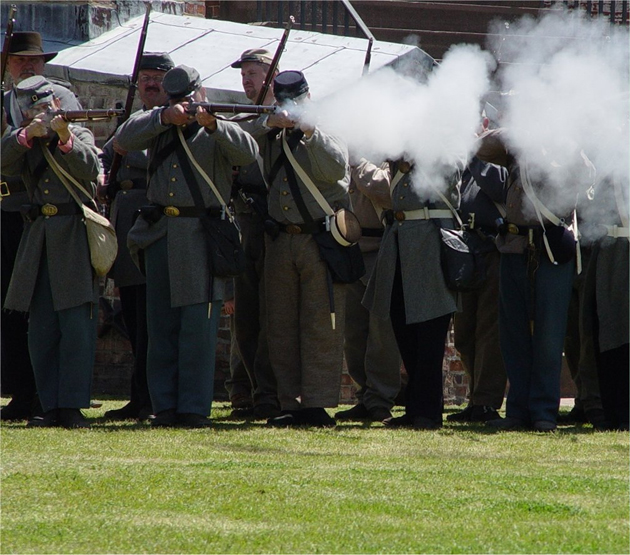 Reenactors on the premises of the in April, 2005 show how a fight to retain the fight under Confederate control would have looked: Above. A lone Confederate drummer boy takes a walk near the fort's earthen parapet to the west: Below. photos by Stan Deatherage Click the picture to expand to as much as 1000 pixels wide within most expanded images, and then push the arrows embedded in the center edge of the play-box to access the gallery, and slide new images into viewing within the center of the screen.
Reenactors on the premises of the in April, 2005 show how a fight to retain the fight under Confederate control would have looked: Above. A lone Confederate drummer boy takes a walk near the fort's earthen parapet to the west: Below. photos by Stan Deatherage Click the picture to expand to as much as 1000 pixels wide within most expanded images, and then push the arrows embedded in the center edge of the play-box to access the gallery, and slide new images into viewing within the center of the screen.
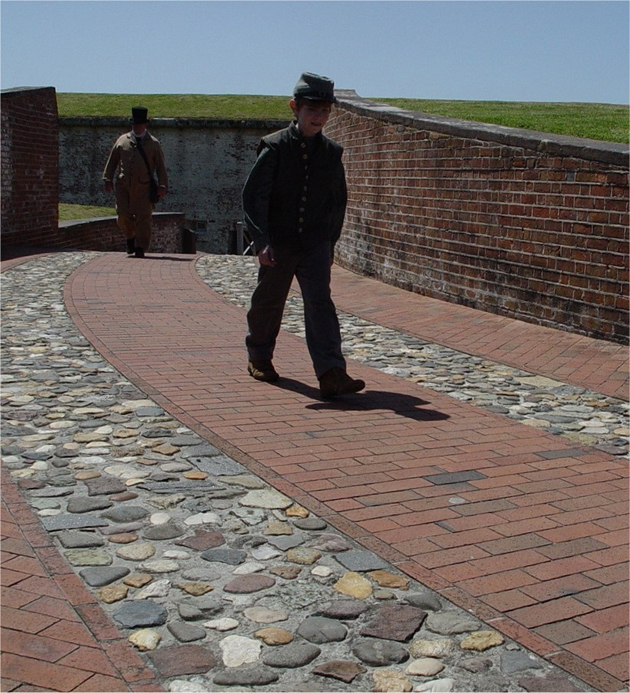
With the land and sea forces under Union control, Fort Macon's commander, Colonel Moses White, received tremendous pressure to surrender. Left only with four hundred and fifty men and fifty-four heavy guns, Colonial White still refused to surrender. After Moses ignored the second demand to surrender, the Federal batteries opened fire on Fort Macon. The bombardment lasted eleven hours. Colonel Moses surrendered on April 25, 1862.
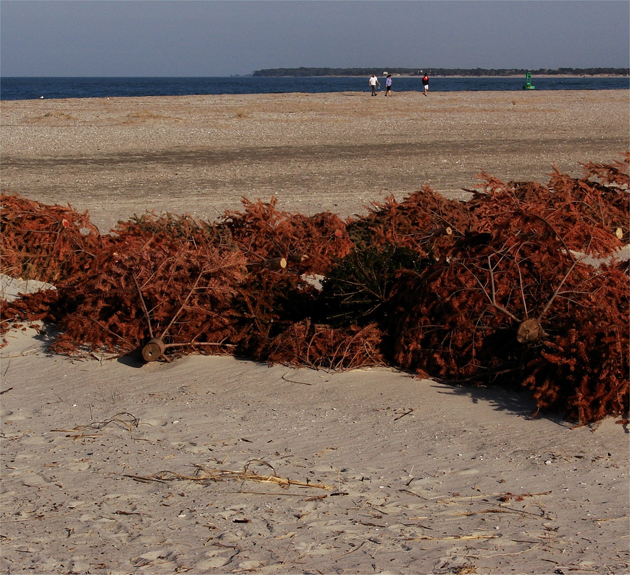 The contribution of a spent Christmas tree is employed to help re-nourish the beach therby the fort: Above. The outstanding beach surrounding Fort Macon; here on the Beaufort Inlet side of the fort: Below. photos by Stan Deatherage Click the picture to expand to as much as 1000 pixels wide within most expanded images, and then push the arrows embedded in the center edge of the play-box to access the gallery, and slide new images into viewing within the center of the screen.
The contribution of a spent Christmas tree is employed to help re-nourish the beach therby the fort: Above. The outstanding beach surrounding Fort Macon; here on the Beaufort Inlet side of the fort: Below. photos by Stan Deatherage Click the picture to expand to as much as 1000 pixels wide within most expanded images, and then push the arrows embedded in the center edge of the play-box to access the gallery, and slide new images into viewing within the center of the screen.
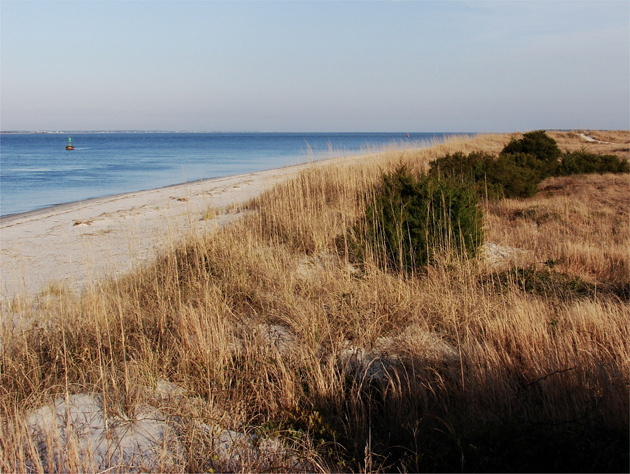 Sources:
Sources:
John G. Barrett, The Civil War in North Carolina (Chapel Hill, 1963) and William S. Powell ed., Encyclopedia of North Carolina (Chapel Hill, 2006).




















